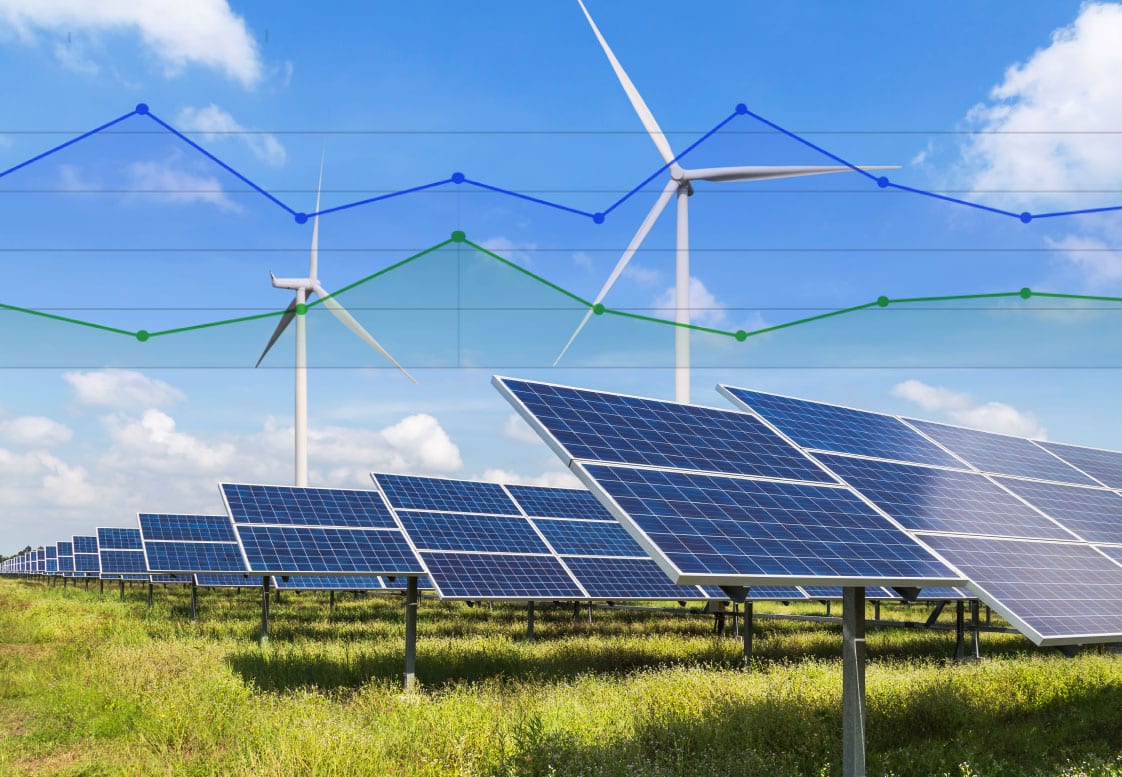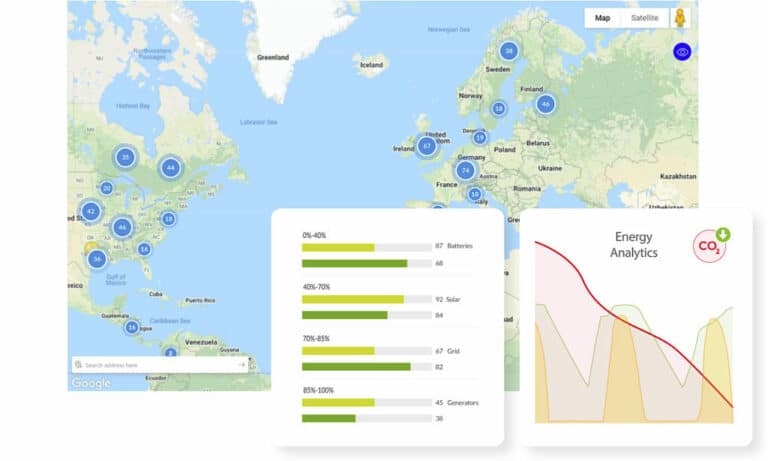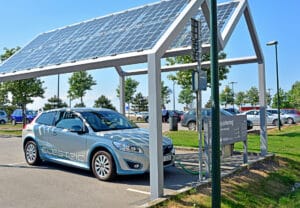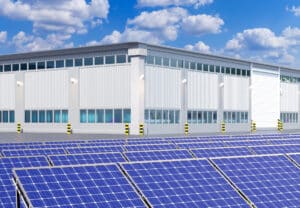
Have you ever wondered how much the electricity you use costs? Sure we try to conserve energy, turn off lights, make sure our
remote sites aren’t running when idle, but the actual economics behind our energy use is oft-forgotten.
Though the world is still heavily reliant on energy derived from fossil fuels, recent trends in renewable energy have made the traditionally cost-prohibitive energy sources much more accessible.
Before diving into a cost breakdown for renewable energy, let’s first talk about how organizations can begin to calculate and monitor their energy costs.
What is RMM? Clearing up terminology
How are energy costs tracked?
Besides tracking overall energy expenditures, there are several ways to accurately calculate and compare the energy costs for diverse consumption sources. The two primary methods are the Levelized Cost of Energy (LCOE) and Energy System Analysis (ESA).
What is remote monitoring?
What is remote management?
What is RMM Software?
5 ways Galooli's RMM solution can help maximize your energy efficiency
Five ways Galooli's RMM solution can improve your facility's energy efficiency

After establishing the terminology behind RMM solutions, let’s discuss how Galooli’s RMM system can improve a remote facility’s energy efficiency and performance. We’ve broken down the functions of our RMM into five major sections in a more or less step-by-step process.
1. Monitor Remote Asset and Site Performance
The first step in improving energy efficiency is actually having a live visual of your remote sites and energy assets. Some remote monitoring software provides a map overlay so you can quickly identify, track, and visualize your sites remotely. Beyond a visual, remote monitoring tools can track the performance metrics of these remote assets and facilities over time and ensure stakeholders have a clear look at how their sites are behaving.
Monitoring asset performance also goes beyond just energy assets. When it comes to regulatory compliance, including lighting, security sensors, and even HVAC use, fines can start piling up with non-compliance. We can also monitor the performance of these remote assets, ensure the temperature isn’t too hot or cold, how much energy is being used by them, and if they are operational.
2. Provide Insights and Optimizations

So, you can now monitor and track remote asset performance data, but what are you supposed to do with it? Galooli’s remote monitoring system also utilizes AI-augmented analytics to take the historical and live data and process it to provide actionable changes organizations can make to optimize efficiency and performance.
In addition, by taking care of previously unknown errors and performance issues, efficiency will naturally improve as a result. Beyond just performance optimizations, these insights can also help offer predictive maintenance, extend the lifetime of remote assets and machinery, and save on operating costs.
3. Remote Control and Problem Mitigation
Another way that RMM solutions like Galooli’s improve energy efficiency for remote energy sources and sites is by providing remote control capabilities to resolve issues that they are alerted to. Traditionally, mitigation takes place onsite, with an engineer traveling to the specific site to diagnose the problem.
Our RMM can diagnose and often remedy problems from the comfort of your office through our platform. We can even turn off problematic assets to prevent further damage and even sync out-of-date firmware for machinery, cutting through unnecessary onsite visits and one-at-a-time fixes.
4. Live Alerts and Periodic Reports

So you can track your site’s performance, create overarching visibility, and use analytics to gather insights to improve your energy efficiency. How do you know that something is out of the ordinary? One of the most important uses for our RMM solution is to provide live alerts to any errors or erroneous events that occur onsite.
If a generator fails, a backup battery isn’t functioning as it should, or any other piece of equipment malfunctions, stakeholders need to be aware. Our remote monitoring system will provide stakeholders a real-time alert providing detailed information on the event so it can be remedied immediately.
This also includes asset theft, like fuel or backup batteries, which are often snatched by thieves to make a profit recycling or reselling the resources.
5. Track Carbon Footprint

More recently, our RMM has begun to branch out from traditional energy management capabilities and provide an accurate look at an organization’s efficiency. With our new sustainability module, we can monitor facilities’ carbon footprint and breakdown emissions into Scope 1 and Scope 2.
We can also show how much emissions solar use has saved a particular site, identify problematic sites emissions-wise in a network, and track overall emissions and how much they saved. The optimizations through insights have helped reduce our clients’ carbon footprints by an average of 10% annually.
We’ve established what our RMM solution can provide, but why is it so important for information and communication (ICT) technology enterprises to adopt one now?
Why is it time for ICT enterprises to pay attention to energy efficiency?
Energy consumption is one of the most significant pain points for telcos’ operating costs, comprising 45 to 70 percent annually. For this reason, this energy use is also the main focus of their energies in implementing more sustainable, “greener” solutions like renewable energy and RMM solutions. Moreover, as 5G connectivity expands, energy efficiency and taking advantage of 5G’s innate capabilities is paramount to avoid significant increases in consumption.
In addition, global internet traffic ballooned by 40% in 2020 alone, a trend that continued into 2021 and averaged over 30% over the last decade. That means data centers and their operators have had their work cut out for them. Especially as edge data centers have become more prevalent, managing a network of these smaller data facilities and their energy use is critical to creating and maintaining a more efficient energy profile.
Though various measures have been taken to optimize their efficiency, many of them still have a long way to go in terms of their power usage effectiveness (PUE). One of the most frequent sources of energy waste for data centers is improper cooling, but often the only way up until this point to mitigate this is to be physically onsite.
This extends to telecom sites and their HVAC use as well, and the solution to all of these challenges is simple – visibility and control with an RMM solution like Galooli’s.
Start keeping an active eye on your remote assets' efficiency
Galooli has developed a leading RMM solution to optimize your energy management and overall operations for remote facilities and energy resources. Our all-encompassing platform addresses the most critical aspects of optimizing remote site operations, energy use, and carbon footprint. Though RMM solutions have traditionally been limited to remote work and IT, they can be a great deal more for organizations in ICT, Industry 4.0, and beyond.
Connect With Us
operational cost savings & efficiency?



























